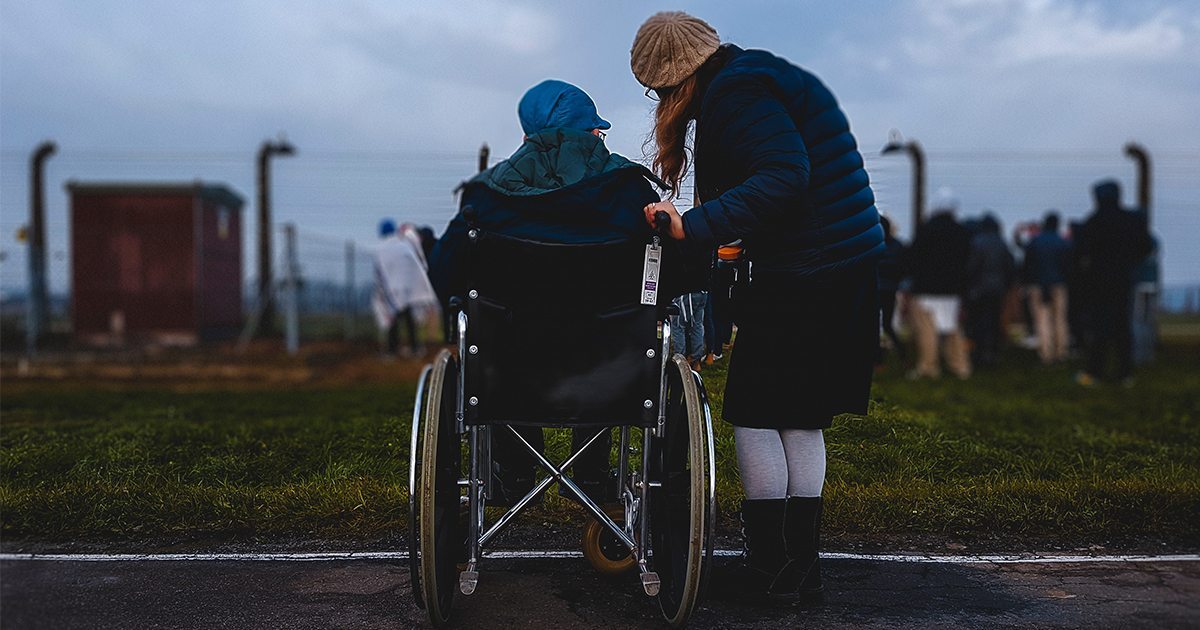Merits of Heated Chemotherapy Baths Debated for Mesothelioma Patients

Some mesothelioma patients receive heated chemotherapy during surgery as part of a multi-pronged treatment to reach residual cancer cells that surgeons can’t easily remove. Heating chemotherapy drugs and bathing the chest cavity or abdominal cavity allows larger doses of the drugs to be used and can enhance the potency of the treatment.
An Aug. 12 article in The New York Times described heated chemotherapy as cancer treatment at its most aggressive. While some critics have questioned the benefits of heated chemotherapy or hyperthermic chemotherapy as its known, an increasing number of the nation’s hospitals have been offering the costly treatment for a variety of cancers.
Mesothelioma, an aggressive cancer associated with asbestos exposure, is notoriously resistant to treatments, including many chemotherapy drugs. So doctors and medical researchers continue to search for more effective treatments that will slow the cancer’s progress and extend the lives of mesothelioma patients.
Doctors debated the merits of hyperthermic chemotherapy at the recent annual meeting of the American Society of Clinical Oncologists. Dr. Paul Sugarbaker, a leading proponent of hyperthermic chemotherapy, said in the Times’ article that doctors have long known that cancer cells cannot withstand as much heat as healthy cells. Putting the chemotherapy on top of tumors should be more effective than delivering cancer through the bloodstream.
Critics have said the patients who appear to benefit from the warmed chemotherapy baths were carefully selected and would have fared well, even without the treatment. In the past, the procedure has had higher rates of morbidity among patients.
A 2009 study of 92 mesothelioma patients in the Journal of Thoracic and Cardiovascular Surgery found that overall survival was slightly better among the mesothelioma patients who underwent heated chemotherapy treatment using cisplatin as compared to traditional chemotherapy. The mesothelioma did return in approximately half of the patients and 49 percent experienced complications from the surgery.
Mesothelioma patients often undergo radical surgery called an extrapleural pneumonectomy to remove all visible tumors. The procedure involves removal of a diseased lung, lining of the lung, the diaphragm and the lining of the heart. The surgery is followed by heated chemotherapy while the mesothelioma patient is still in the operating room.
Approximately 3,000 new cases of mesothelioma are diagnosed in the United States each year. Most are older workers, retired workers and veterans who were exposed to asbestos in a workplace. Mesothelioma typically takes 20 to 50 years to appear after exposure.
